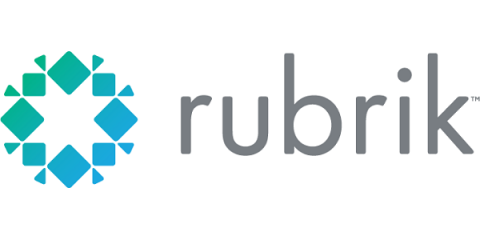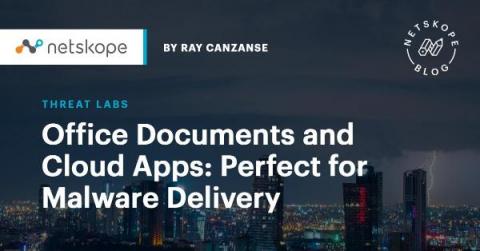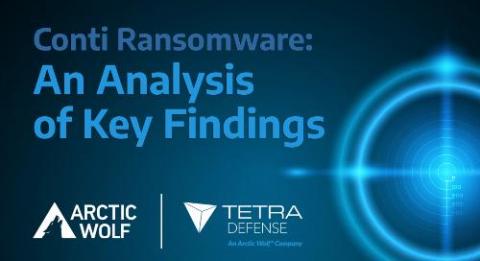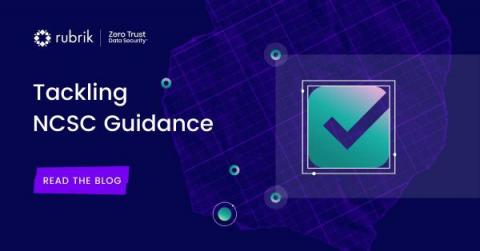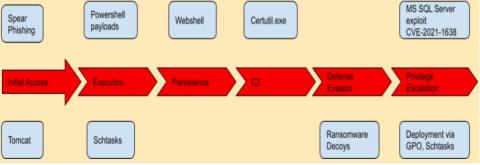Choosing the Right Metadata Store: Part 1
Rubrik CDM is scale-out and fault-tolerant. Our software runs as a clustered system consisting of multiple nodes, where each node runs an identical copy of our software stack; each node is equally able to perform operations like data protection and recovery. To increase capacity a user simply adds more nodes. The system continues to operate when a node fails, other nodes pick up the workload while the node is offline. Scale-out, fault-tolerant products are built on distributed systems.


